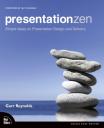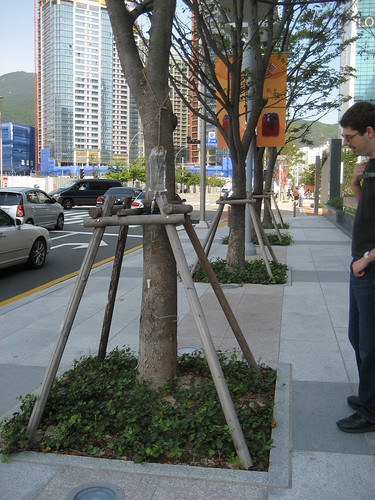A few months back, I came across Edward de Bono’s book on Po at a local post office second hand book sale. I decided to risk 50c and buy this out of print, 1972 edition book on creativity and lateral thinking. It was worth every cent 🙂
Until you get a fair way into the book, it’s quite hard to work out what it is about. It is also quite wordy, and oddly organised. However, after reading it for a bit, I found it had some interesting ideas.
De Bono is not a big fan of the yes/no system or argument. He proposes that yes/no mindset that people usually use means that somebody has to be right and somebody wrong. With this mindset, an old theory cannot be replaced by a better one until it can be proven wrong by argument. For subjective subjects, this is not often possible. He proposes that when people have a “right” answer, they are happy and stop looking for a better answer, curbing creativity. Similarly, a “wrong” answer stops that train of thought – and perhaps if it had continued, then a good answer might have been found with ideas triggered from the “wrong” answer.
De Bono sets up PO as an alternative to the Yes / No system and talks about it as a way to break down established patterns and introduce discontinuity in thinking to come up with new ideas. He sees it as an alternative to the “clash” of argument and the “arrogance of logic” in the “closed and highly artificial world” of education, that in later life leads to a “need to be right”. He says that this “need to be right” then leads to people “defending not the idea, but your self-esteem” and having high resistance to new ideas and change.
De Bono disputes a common idea that by choosing the best answer in a series of questions or steps leads to the optimal solution at the end. He shows several examples where choosing the most optimal answer for each step leads to a solution which is not optimal.
Arguably the most interesting part of the book describes a number of tools for lateral thinking.
PO-1: Intermediate Impossible
Rather than immediately rejecting an impossible idea, look at it longer for good points. Reconsider your framework of judgment and concept package – maybe idea is right if you consider the situation in a different way. The idea can be a stepping stone to a better idea. When other people come up with a “wrong idea” listen longer and see where it can take you. This approach can be used as a tool – turn the “idea upside down, inside out, back to front” and “say the most unlikely and outrageous thing you can about the situation – and see where it gets you”.
PO-2: Random Juxtaposition
“When you have exhausted the different ways of looking at the problem from within, you bring in” a random word “in order to generate a fresh approach” through juxtaposition and connecting the words. The random word can be from opening a dictionary at random or from a list of “idea provoking” words.
PO-3: Change without rejection, by-passing old concepts to generate alternatives
“That idea is fine, but let us put it on one side and find a new way of looking at things”, “this is one way of looking at things and it is perfectly valid but it does not exclude other ways, so let us try to find some” or “I wonder if there are other ways of looking at this”. “Why do we have to look at things that way”, lets reconsider our starting point and understanding.
The last part I want to mention is the discussion of retardant doubt. De Bono suggests that with a Yes/No, boolean mindset, you require certainty of being right before acting. If you don’t have this certainty, your doubt holds you back. You may even create false certainty so that you can act (leading to problems later since you’ll then defend this false certainty). However, in the Po system, there is no certainty. The premise is only that the “current way of looking at things is the best one at the moment, but may need changing very soon”. This means you can act without certainty – your action might not be right in the absolute sense, but you are ready to “change it as soon as circumstances demand”. With the Po approach you explore a wide range of alternatives, choose the most effective idea for now, but be ready to change it for something even better.
Overall, I enjoyed the book (though skimmed some more repetitive bits) and plan to try out some of the lateral thinking tools. If you want to get the book, a second hand bookshop is probably a good option. It is quite expensive on Amazon.










